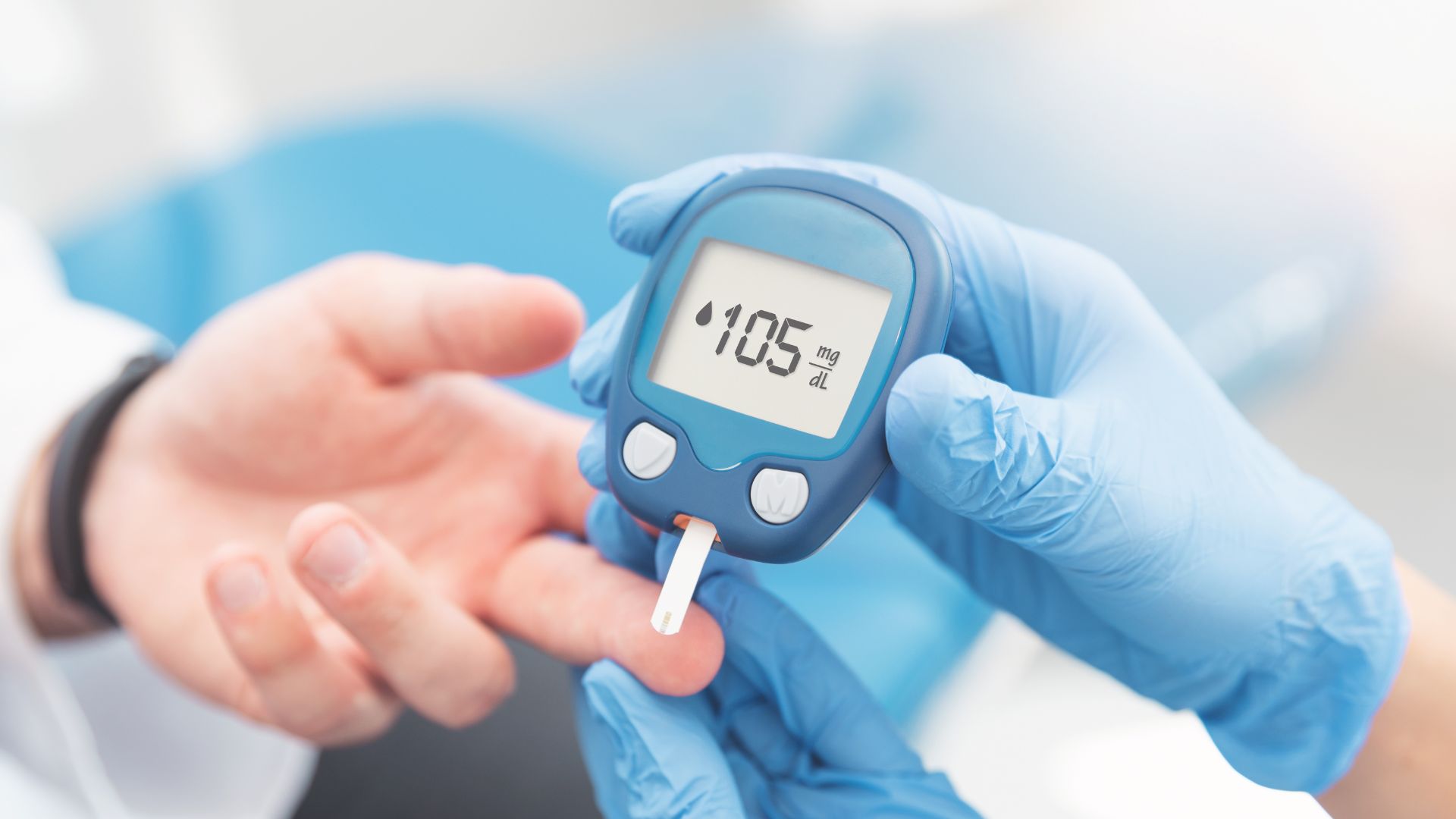Manasi Kulkarni’s Nexus-supported start-up is developing a non-invasive device to measure blood glucose levels quickly and painlessly.
March 2020

Type I diabetes patients have to measure blood glucose several times in a day to prevent complications. Photo: Canva
It is estimated that 70 million people in India are diabetic. This grim statistic has earned the country the dubious distinction of the “diabetes capital of the world.” If current trends continue, it is estimated that this number may rise to as high as 90 million people in the next 10 years.
Genetic predisposition plays an important role in these numbers, and it is imperative to offer safe, high-quality, and affordable treatment options to diabetes patients across the economic range. Manasi Kulkarni’s Innoweave Biocare is looking to take on this issue with an approach grounded in technological innovation and marketplace know-how.
Innoweave Biocare is developing a device to measure blood glucose quickly and painlessly for insulin-dependent diabetes patients. The patented technology avoids the traditional lancing-based approach to measure glucose levels, utilizing infrared technology along with an artificial neural network, both of which are currently being tested to improve sensitivity.
As Kulkarni explains, the technology has the capacity to have an enormous effect on treatment protocols, largely because of the frequency at which glucose levels must be tracked and the importance of accurate tracking vis-à-vis effective insulin treatment. “Type I diabetes patients have to measure blood glucose at least 3 to 10 times in a day to prevent complications,” and doing so with traditional devices can be painful. “To draw blood so many times is painful, and young patients often feel conscious of using needles in front of peers,” Kulkarni notes. This can lead to less frequent measuring and, thus, the disease not being properly controlled. The non-invasive device can improve this, since “making the process discreet will improve compliance of monitoring,” and, in turn, control patients’ health and help to destigmatize the disease.
The road to establishing a successful entrepreneurial venture in a STEM field has, for Kulkarni, been a complex and rewarding journey. “I’m still climbing the stairs on the entrepreneurial ladder,” she says. STEM is the commonly-used acronym for science, technology, engineering and mathematics.

Her experiences at the Nexus Incubator start-up hub, a collaboration between American Center New Delhi and the IC2 Institute of The University of Texas at Austin, helped enormously. “I am a dentist and the company co-founder is an engineer. Doctors and engineers speak a different language from business people and investors. Nexus helped us to understand how to put across medical and technical terms so that we don’t lose out on investor attention. We had a research mind-set, and Nexus helped us to understand that the ultimate goal of a start-up is to sell and not just to publish papers.”
Business matters because economics has an enormous impact on treatment availability—a fact that Kulkarni learned early in her career. “After graduating from dental school, I started working in a high-resource clinical setting. When I opened my own clinic, I understood that medical devices are very expensive and that I cannot deny my patients the best treatment just because buying instruments is expensive. I realized that there has to be a hack for this, or a ‘jugaad’ as we say in Hindi, but it should be of excellent quality. I started tinkering for my problem statement and this led to a Biodesign fellowship at AIIMS (All India Institute of Medical Sciences) where I found my team to take this journey forward.” The fellowship was awarded by the School of International Biodesign, which is focused on training medical technology innovators in India. The program began as Stanford-India Biodesign, a collaboration between Stanford University, the Indian Institute of Technology Delhi and AIIMS, in partnership with the Indo-US Science and Technology Forum. Now independent, the school offers the iFellowship to aspiring medtech entrepreneurs.
Being a woman working in male-dominated sectors has not deterred Kulkarni, who believes that “gender bias ends when patients see the work.” But, this does not mean there have not been obstacles to overcome along her way.
“In my internship days at the university hospital, I noticed that some people would address a woman doctor as ‘sister,’ which means a nurse, implying that a woman can’t be a doctor.” Her advice to women seeking to advance in STEM fields and entrepreneurship is to “just take that one step toward the pursuit of their dreams, and the rest will fall in place.”
As Kulkarni sees it, the advancement of women in traditionally male-dominated fields isn’t simply a matter of individuals reaching their goals, but of a society benefitting from the unique capacities of all its citizens.
“I think, women are more empathetic,” explains Kulkarni, “and they are problem solvers by nature. They just need encouragement to gain the confidence to dream big.” Such encouragement can come from a variety of sources. But, perhaps the most significant of these is the availability of female role models—people like Kulkarni, who illustrate how much can be achieved if you put all your efforts into it.
Trevor Laurence Jockims teaches writing, literature and contemporary culture at New York University.
COMMENTS